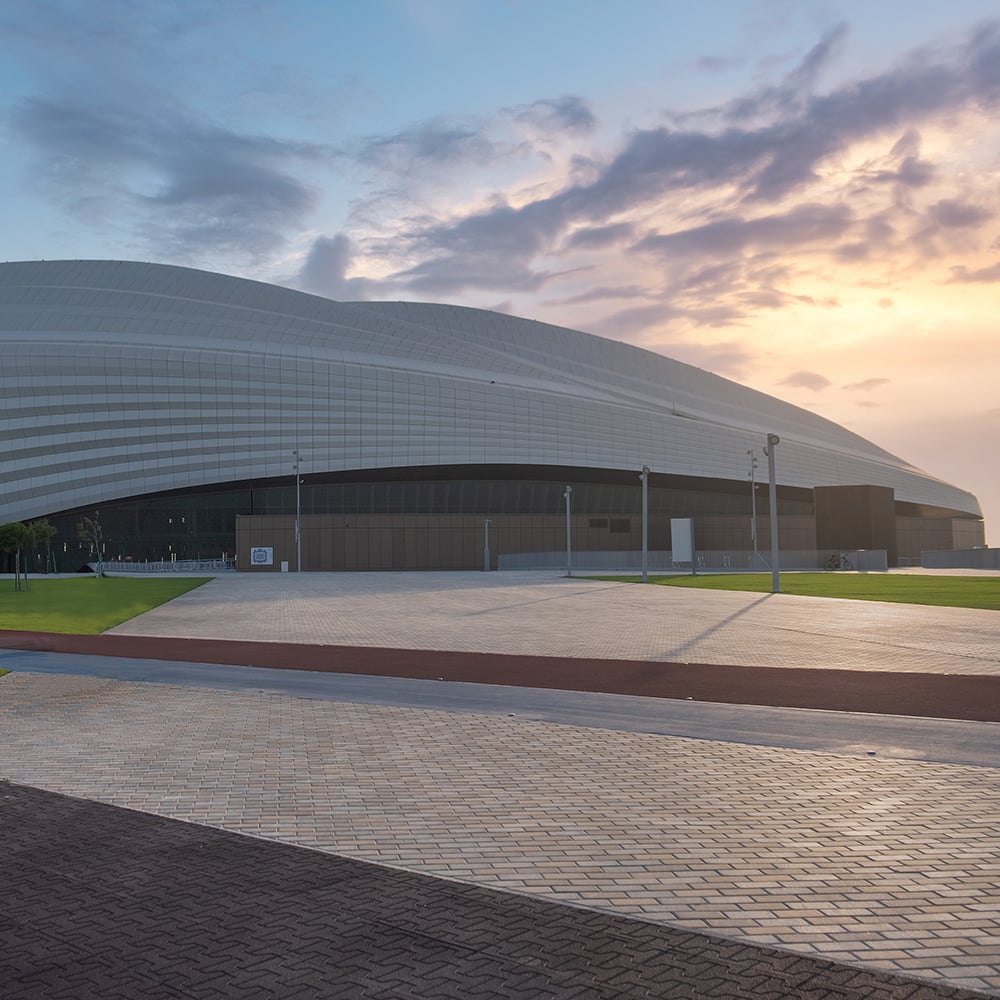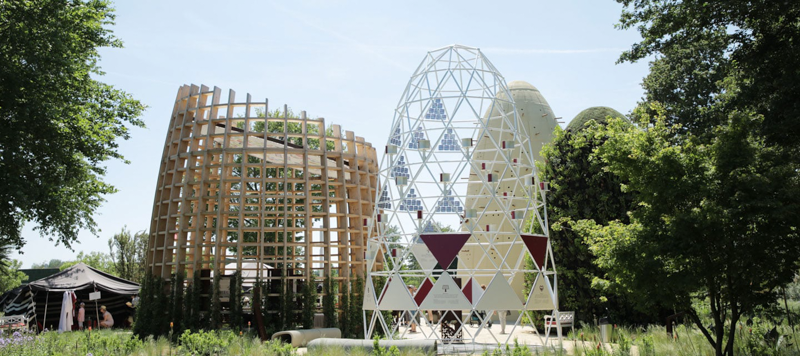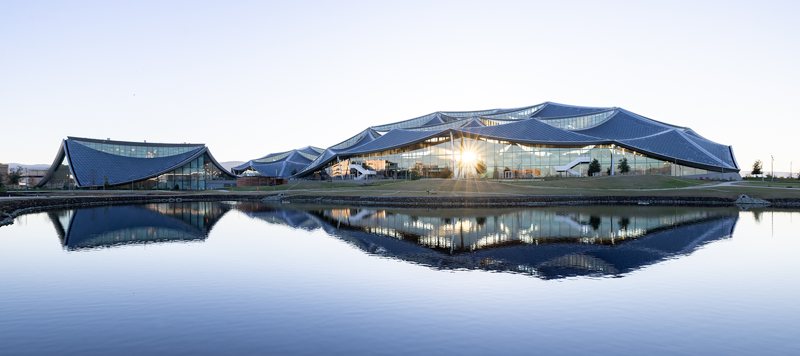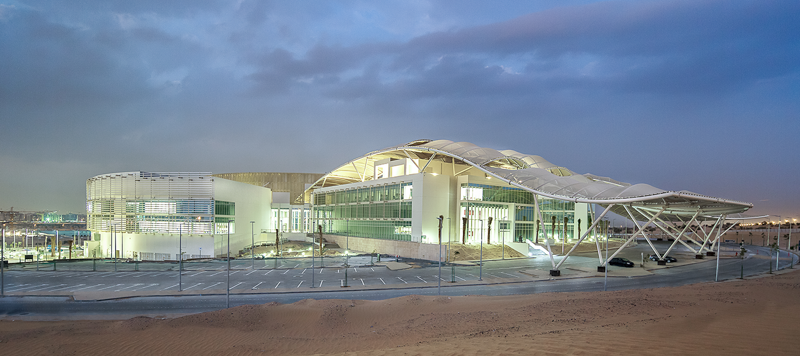A new era for sport
52 years after the FIFA World Cup transformed the very face of global sport, Qatar was awarded the honor of being the first ever Middle Eastern nation to host the planet’s most watched sporting spectacle.
In order to fulfil its promise as host of this historic event, Qatar faced a race against time to prepare. It needed to create seven brand new stadia, perform significant renovation work to the iconic Khalifa International Stadium, and expand the rail and metro infrastructure system.
Maffeis Engineering, developed the complete structural design of the stadium Al Janoub Stadium in Doha. From concept design to construction drawings and coordination with an international design team, the complete design was carried out in an astonishing 18 months.
An arena with sustainability at its heart
Unique and visionary in appearance, each of the stadia developed for the World Cup had to be modular in design, delivered in accordance with strict sustainability criteria and using only the most environmentally friendly of materials.
Renewable and energy-efficient solutions, such as the installation of solar panels, were incorporated into the structures and, in some cases, powering elements of the stadiums themselves.
The modular nature of the stadiums meant that, once the tournament had finished, it was possible remove sections of seating in order for them to be reused in sports facilities elsewhere in the world. Not only did this approach secure the reuse of high-quality materials, but also meant the stadia in question were able to be rightsized to suit future Qatari sporting events.
A unique landmark
The Al Janoub stadium represents one of the last extraordinary projects created by the architect Zaha Hadid.
This unique arena, designed to honoring the history and tradition of the region, is arguably the most iconic of all those commissioned as part of the tournament. A nod to the history and heritage of the host nation, the stadium’s structure is known as a ‘dhow’ – the name of a traditional Arab sailing vessel – due to its roof resembling the vessel.
More than just an aesthetic feature, the roof was also covered in a series of PTFE membranes. These were specifically designed to both be unfolded in order to resemble a boat’s sail, as well as protecting players and spectators from the heat.
Meanwhile, when it comes to prioritizing comfort, a gigantic air conditioning system was installed inside the arena. This was powered by solar panels and circulated air through special ducts under each of the stands – ensuring the stadium was fully air conditioned, making an altogether more comfortable and pleasant experience for all those who visited.



